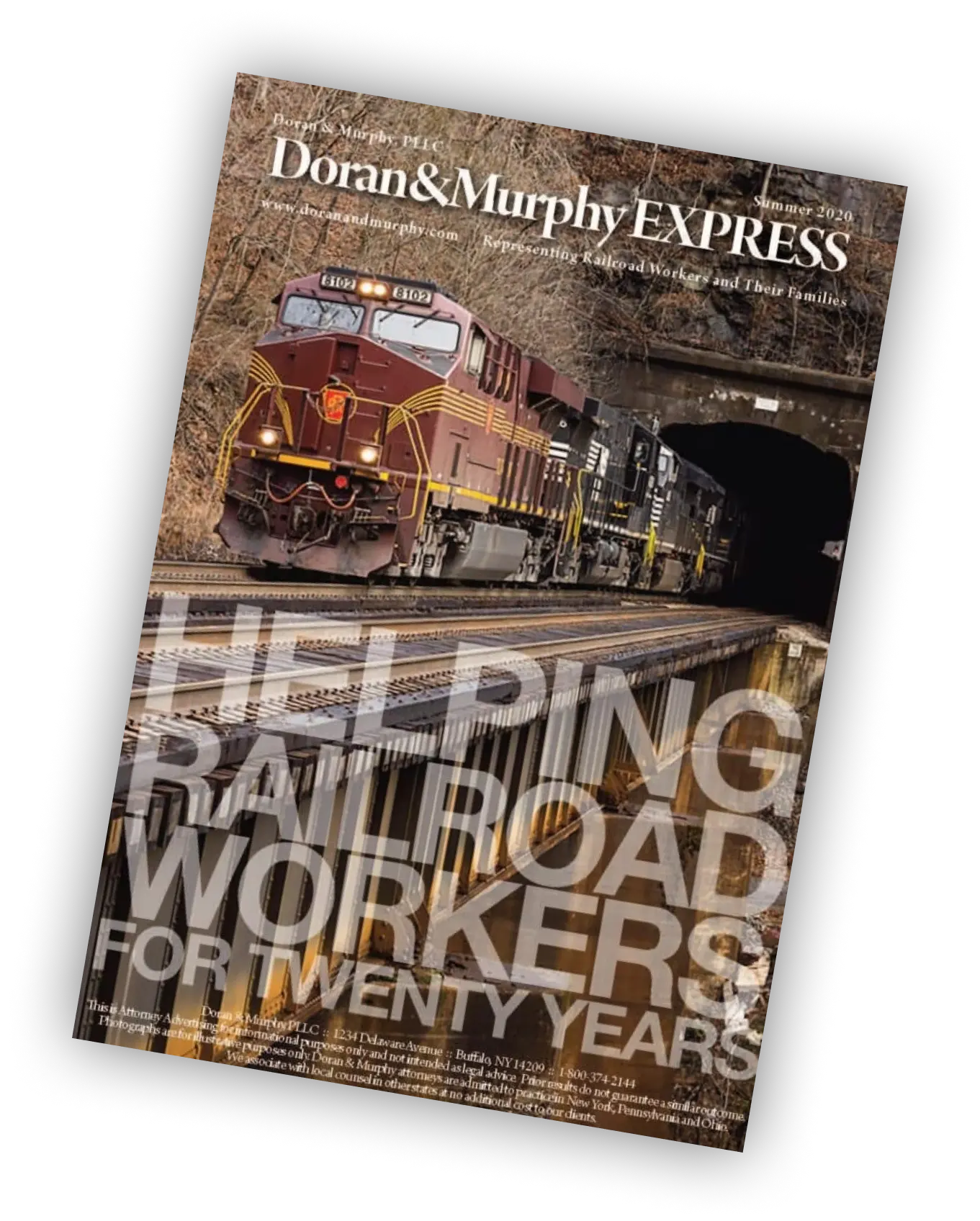In May of 1869, the “golden spike” was driven into the final railroad tie in the nation’s first transcontinental railroad. National Train Day is a day to reflect on our nation’s proud railroad history and look forward to the exciting future of our railroads. The first transcontinental railroad was an accomplishment that would not have been achieved without the many railroad employees whose lives were put at risk to make it a reality. Railroad work was, and is, dangerous work.
Congress eventually recognized the incredible dangers to railroad workers and enacted the Federal Employers’ Liability Act (often referred to as “the FELA”) in 1908. The Supreme Court of the United States has recounted the history of the FELA:
Cognizant of the physical dangers of railroading that resulted in the death or maiming of thousands of workers every year, Congress crafted a federal remedy that shifted part of the “‘human overhead'” of doing business from employees to their employers. Tiller v. Atlantic Coast Line R. Co., 318 U. S. 54, 58 (1943). See also Wilkerson v. McCarthy, 336 U. S. 53, 68 (1949) (Douglas, J., concurring) (FELA “was designed to put on the railroad industry some of the cost for the legs, eyes, arms, and lives which it consumed in its operations”).
Consolidated Rail Corporation v. Gottshall, 512 U.S. 532 (1994).
Many people don’t realize that railroad employees are not covered by workers compensation systems. Rather, they are covered by this federal law that was enacted to protect railroad workers when they are injured by not having a safe place to work.
If you or a loved one have been injured while working for the railroad, please contact us to discuss your legal rights under the Federal Employers Liability Act.





